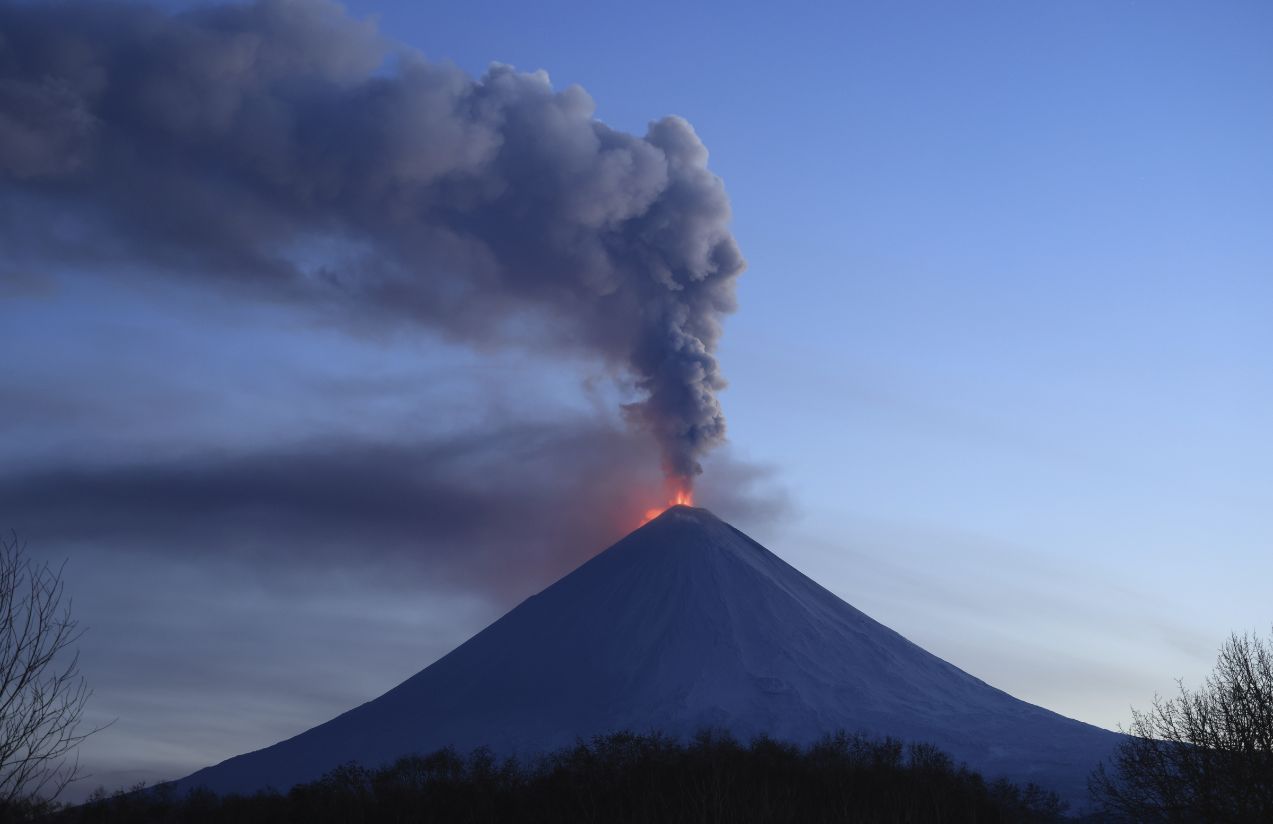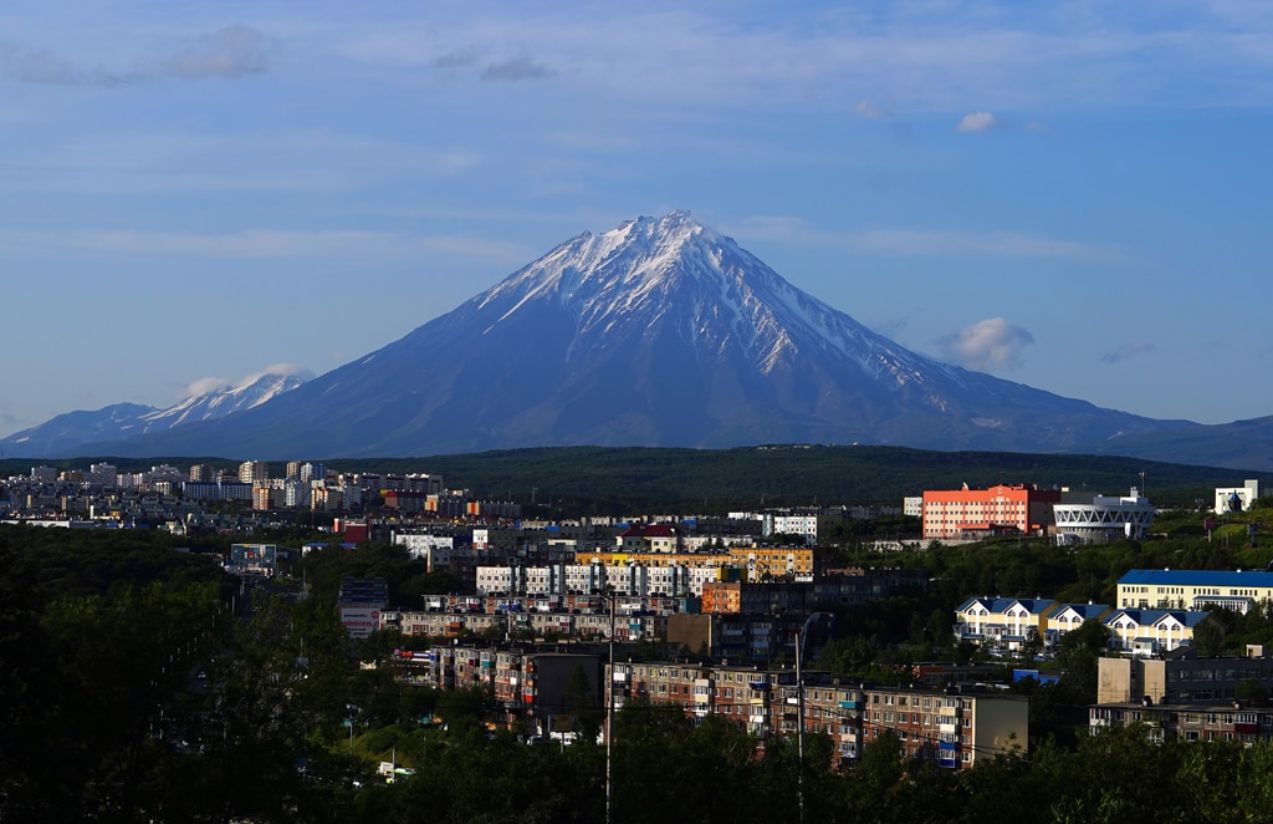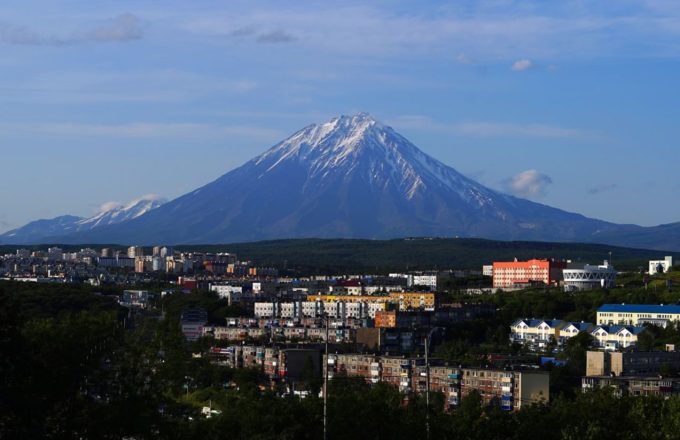A powerful 8.8-magnitude earthquake shook Russia’s far east, prompting mass evacuations and triggering tsunami warnings across several Pacific coastlines. Just hours later, the Klyuchevskoy volcano, one of the world’s most active, erupted in spectacular fashion, with glowing lava flowing down its eastern slopes and visible explosions lighting up the skies for miles.
Located about 450 km from Petropavlovsk-Kamchatsky, the volcano began spewing ash columns and intense flashes that, fortunately, caused no casualties or major damage. Authorities confirmed that the nearest city lies far enough away to avoid direct impact.
Three waves hit the city of Severo-Kurilsk (with around 2,000 residents), leading to partial flooding, damage to the port, and boats being swept away. A kindergarten in Petropavlovsk-Kamchatsky was also partially damaged.
Minor tremors had been recorded in the region since July 20, and experts warn that strong aftershocks are likely in the coming days.

Why didn’t the Klyuchevskoy eruption cause any casualties?
Because this volcano has frequent eruptions, with at least 18 events recorded since 2000, and the nearest populated areas are far enough to avoid severe human impact.
This natural event, combining a massive earthquake with the eruption of an active volcano, underscores the seismic vulnerability of the Kamchatka region. Updates will follow as new information becomes available from scientific and civil authorities








